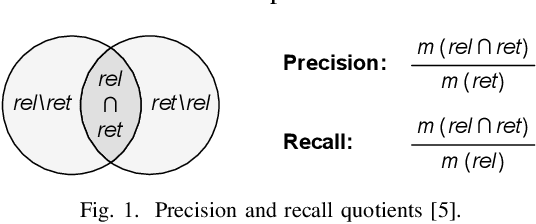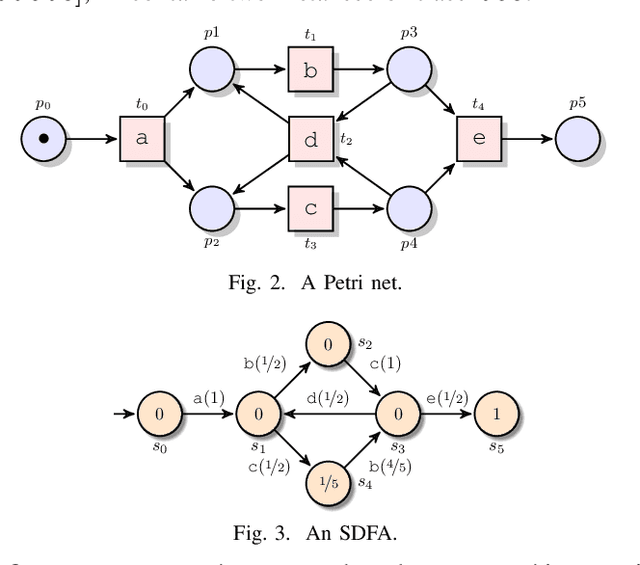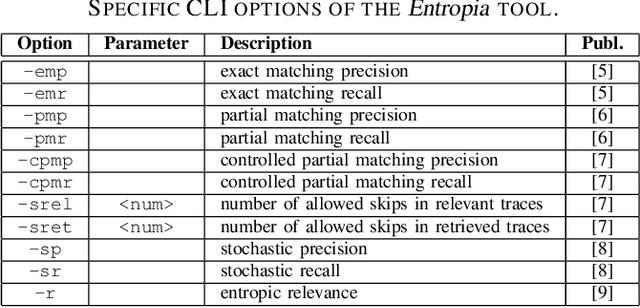Hanan Alkhammash
Stochastic Directly-Follows Process Discovery Using Grammatical Inference
Dec 09, 2023Abstract:Starting with a collection of traces generated by process executions, process discovery is the task of constructing a simple model that describes the process, where simplicity is often measured in terms of model size. The challenge of process discovery is that the process of interest is unknown, and that while the input traces constitute positive examples of process executions, no negative examples are available. Many commercial tools discover Directly-Follows Graphs, in which nodes represent the observable actions of the process, and directed arcs indicate execution order possibilities over the actions. We propose a new approach for discovering sound Directly-Follows Graphs that is grounded in grammatical inference over the input traces. To promote the discovery of small graphs that also describe the process accurately we design and evaluate a genetic algorithm that supports the convergence of the inference parameters to the areas that lead to the discovery of interesting models. Experiments over real-world datasets confirm that our new approach can construct smaller models that represent the input traces and their frequencies more accurately than the state-of-the-art technique. Reasoning over the frequencies of encoded traces also becomes possible, due to the stochastic semantics of the action graphs we propose, which, for the first time, are interpreted as models that describe the stochastic languages of action traces.
Entropia: A Family of Entropy-Based Conformance Checking Measures for Process Mining
Sep 30, 2020



Abstract:This paper presents a command-line tool, called Entropia, that implements a family of conformance checking measures for process mining founded on the notion of entropy from information theory. The measures allow quantifying classical non-deterministic and stochastic precision and recall quality criteria for process models automatically discovered from traces executed by IT-systems and recorded in their event logs. A process model has "good" precision with respect to the log it was discovered from if it does not encode many traces that are not part of the log, and has "good" recall if it encodes most of the traces from the log. By definition, the measures possess useful properties and can often be computed quickly.
 Add to Chrome
Add to Chrome Add to Firefox
Add to Firefox Add to Edge
Add to Edge